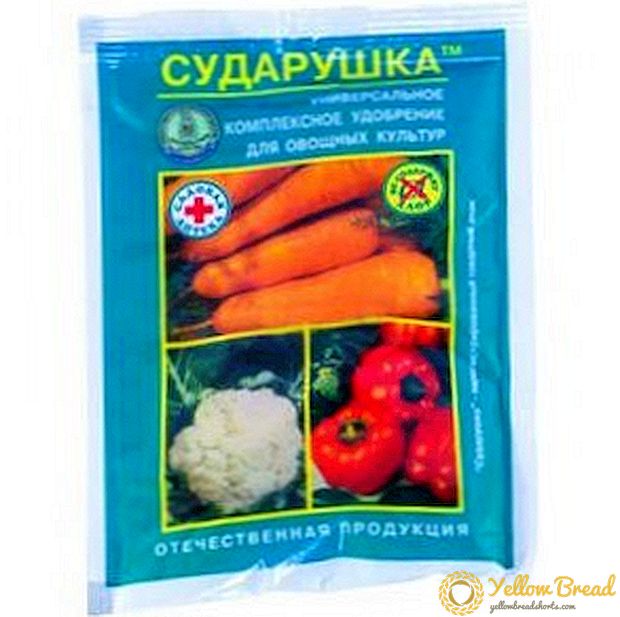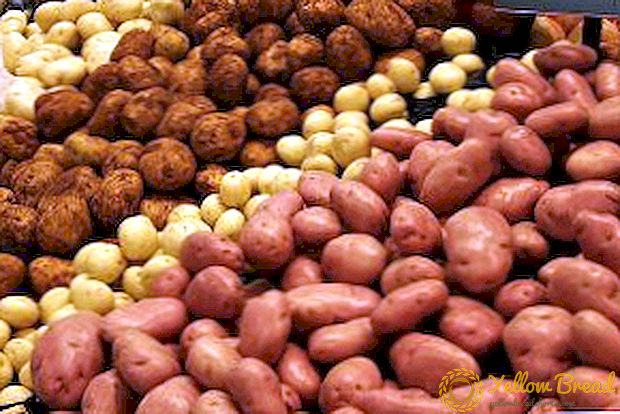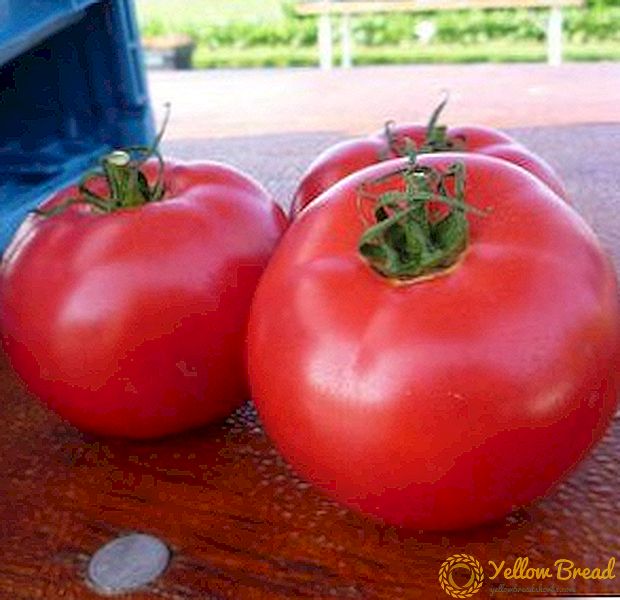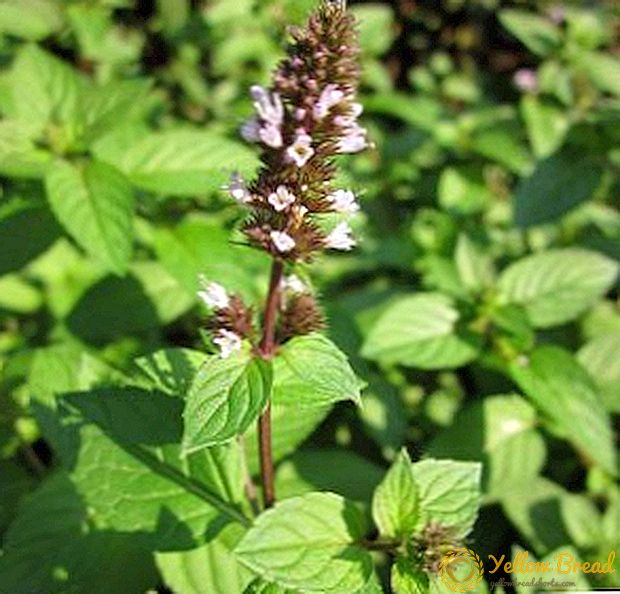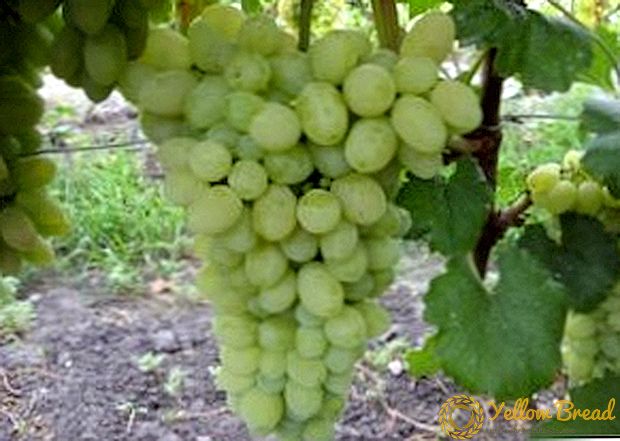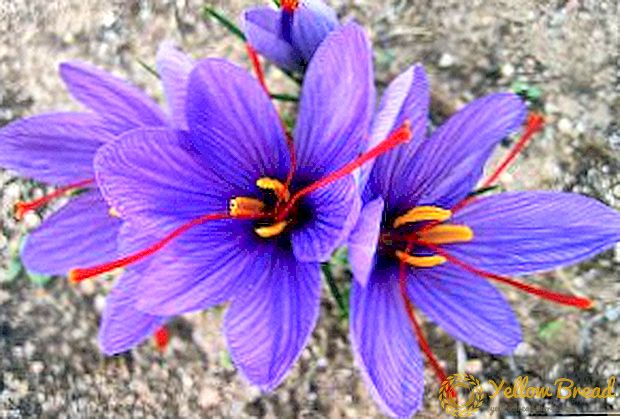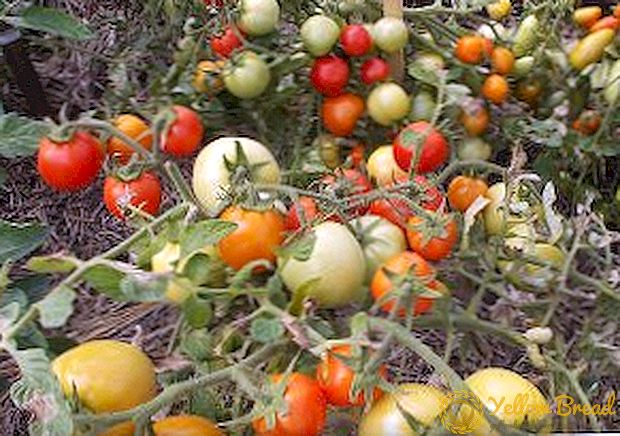 The name of the tomatoes "Apparently-invisibly" is quite justified - gardeners liked this variety for their generous yields of large pink fruits. The plant can be planted in open and protected ground, in greenhouses, and even in wide pots on the balcony or windowsill. The variety was not registered as a breeding achievement, however, despite this, it has always enjoyed success both among summer residents and urban residents. Further in the article we will consider in detail the pros and cons of the variety, the features and rules of agricultural engineering, as well as the secrets of getting a large, tasty harvest.
The name of the tomatoes "Apparently-invisibly" is quite justified - gardeners liked this variety for their generous yields of large pink fruits. The plant can be planted in open and protected ground, in greenhouses, and even in wide pots on the balcony or windowsill. The variety was not registered as a breeding achievement, however, despite this, it has always enjoyed success both among summer residents and urban residents. Further in the article we will consider in detail the pros and cons of the variety, the features and rules of agricultural engineering, as well as the secrets of getting a large, tasty harvest.
- Appearance and description of the variety
- Characteristics of the fruit
- The advantages and disadvantages of the variety
- Agrotechnology
- Seed preparation, planting seeds and care for them
- Seedlings and planting in the ground
- Care and watering
- Pests and diseases
- Conditions for maximum fruiting
- Use of fruits
Appearance and description of the variety
Characteristics of tomato "Apparently-invisible" includes several main features - it is an early ripe, high-yielding, low-growing variety of tomatoes. The plant belongs to the determinant type (i.e., the stem stops growing as soon as the ovary is formed with the fruit).
Bush height varies from 40 to 100 cm. From the moment the seeds are planted until the first fruits are obtained, it takes an average of 3 months. Farmers note the high resistance of the plant to fungal diseases and pests.
Characteristics of the fruit
Tomato "Apparently-invisible" - is a large, rounded regular fruit with smooth and dense skin. The weight of ripe tomato reaches 180-300 g, the color is pink-red, the green speck of the stem is absent, the taste is sweet-sour, typical of most varieties of tomatoes.
Fruits form, grow and ripen at the same time, the fruiting period is long: tomatoes can be harvested from late June to October.
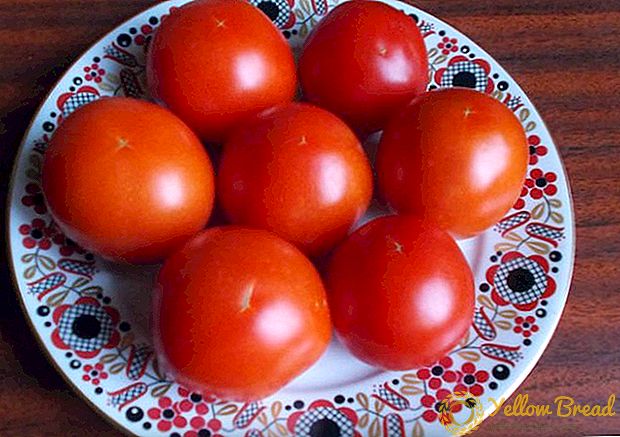
The advantages and disadvantages of the variety
The advantages of this variety include early ripening of the fruit, short stature of the plant (which is very convenient, since the bush does not require the construction of dimensional supports), resistance to late blight.The big plus is the yield of tomato "Apparently invisible" - subject to the rules of planting, growing and care from 1 square. m can collect up to 15 kg per season (considering that 3 plants are planted per 1 square meter).
In other words, yield of one bush can reach 5 kg. At the same time, the fruits are excellent for long-term storage, canning and transportation - the tomatoes do not crack and do not burst, retain their original taste.
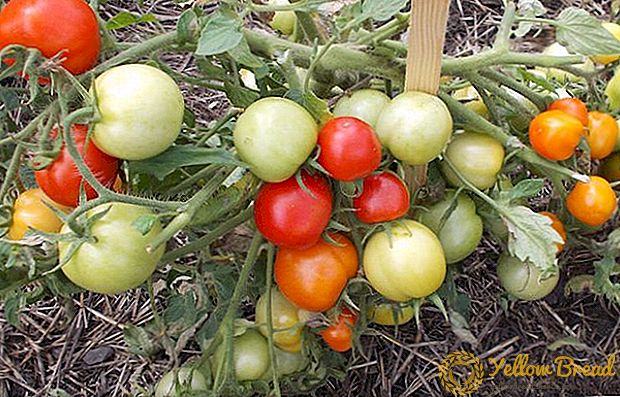
Among the shortcomings of this type can be noted his demands on the mode of irrigation and feeding. Especially carefully the rules for watering should be observed during the period of the ovary and ripening of fruits.
Agrotechnology
As noted above, the tomato variety "Apparently Invisible" refers to high-yielding, however, in order to get the maximum from each bush, you need to properly seed the seeds, prepare the seedlings and tenderly care for the bushes during the formation and ripening of the fruits.Next, we consider the basic rules of farming in this class.
Seed preparation, planting seeds and care for them
Successful cultivation of tomatoes begins with the selection of seed. If you do not have your own harvested seeds, they must be purchased: either in specialized stores, or from proven summer residents, whose harvest you could appreciate. Seeds should be sorted out, discarded defective and damaged.
You should also hold a small germination test: the selected material is immersed in a glass with lightly salted water. After 15 minutes, evaluate the result - sunk seeds are suitable for planting.
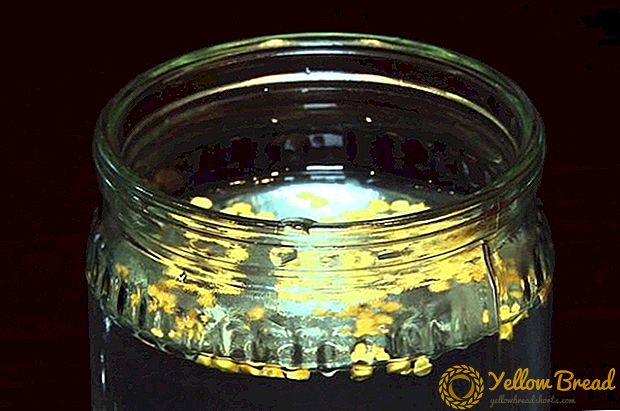
It is best to plant the seeds of this variety in March (for the territory of the middle band). Seeds are planted in small containers to a depth of 1 cm. To prepare the soil, you should mix equal quantities of humus, garden black soil, river sand. The soil must be moistened. Seeds are planted at a distance of 1 cm, after planting the soil can be moistened with a spray bottle.
Seeds need to ensure the correct temperature regime - within +22 ° C. To create a greenhouse effect, they can be covered with a film.After germination, the film must be removed.
To determine the appropriate time for picking tomatoes can be by the presence of at least two leaves on the stem, on average, this occurs at 7-10 days after seed germination. For picking, you can choose plastic cups or special cassettes for seedlings. When working with sprouts, you should try to touch them with your hands as little as possible: it is better to touch the earthen clod on the plant root.
Sprouted stems must be carefully divided, cut a hole in the ground with a pencil, for example, deepen the seedling to the growth line of leaves and sprinkle with soil, lightly tamping it with your fingers. After this, seedlings can be moistened using a spray bottle and room temperature water. On average, after 2 months the seedlings can be planted.
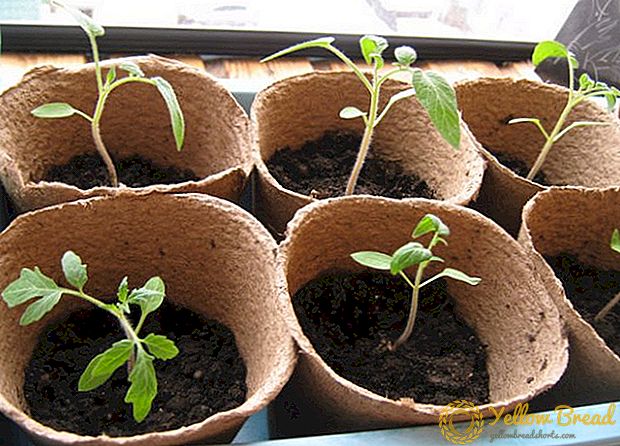
Seedlings and planting in the ground
Determine the timing of planting seedlings can be based on the soil in which you will plant it - in the greenhouse seedlings can be planted in the first half of May, in an open protected ground (under the film) - in the second half of May.In early June, seedlings of tomatoes can be planted in open unprotected soil.
To begin with, it is necessary to fertilize the soil, you can use, for example, humus at the rate of 6 kg per 1 sq. Km. m. Next, you need to dig a small hole at a distance of 30 cm, as 1 square. m should grow no more than 3-4 bushes of tomatoes. In each well, you can pour 1 tbsp. l ash, you can also use complex fertilizers containing nitrogen, phosphorus, potassium and trace elements.
The soil in the wells should be well moistened, 1 l of water will be enough for a wet soil, and up to 2 l for a drier soil. While the water is absorbed, it is necessary to prepare the seedlings: take it out of the cups, trying not to disturb the earthen room on the root system. Saplings should be deepened, sprinkled with earth and a little rammed. Planted seedlings can be mulched with peat.
Sometimes it happens that at the time of transplanting, it is outgrowing. In this case, it is necessary to remove several lower leaves and deepen the seedling into the soil along the line of their growth.
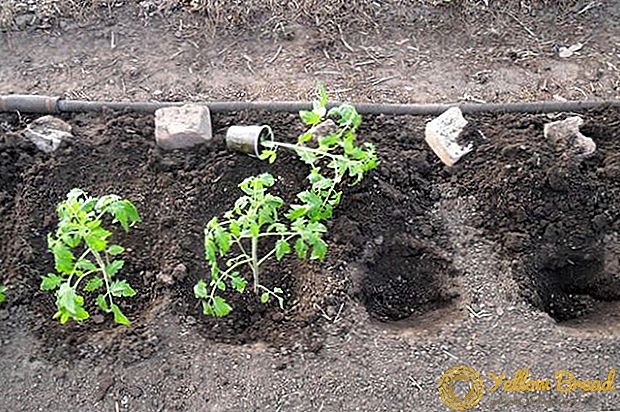
Care and watering
It is important to properly care for the transplanted seedlings: if necessary, tie up, stepchild and provide a competent irrigation regime.
As already mentioned, the “Apparently Invisible” tomato bushes do not exceed 100 cm in height and are considered to be short. However, they may need to be tied up, since the stem may break due to the weight and number of tomatoes — up to 16 fruits may form on one shrub. Also, the garter will protect the tomatoes from slugs, insects and contact with wet soil.
Garter can be done in several ways:
- With the help of pegs. This is the easiest tying method. Next to each bush should drive a wooden peg, for the garter, you can use the average thickness of the rope, straps, tape. The bush is tied at the top of the stem, it is very important not to pull the stem and not to damage it. As the bush grows, the garter must be moved higher.
- With the help of a trellis. For this method, you need to drive 2 metal rods at each edge of the bed, their length should be about 1-1.5 m for stability. On these rods the wire is stretched horizontally, to which the bushes are tied.
- Linear method At the edges of the beds also need to drive pegs, in between in the middle to stretch the wire. From this wire to each bush vertically there is a rope, to which the plant is tied.
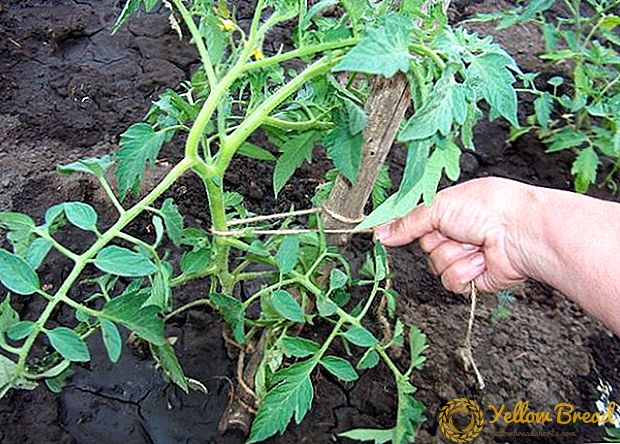
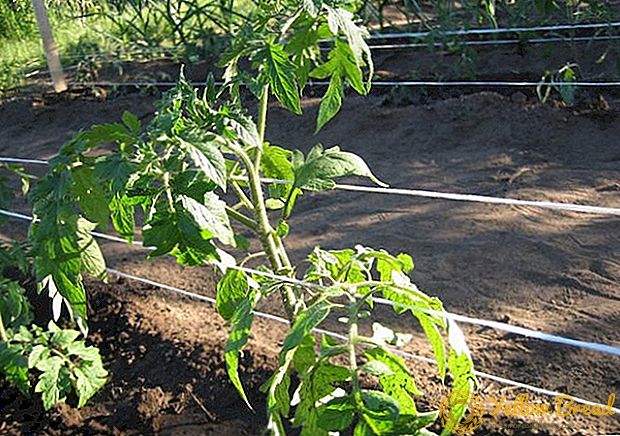
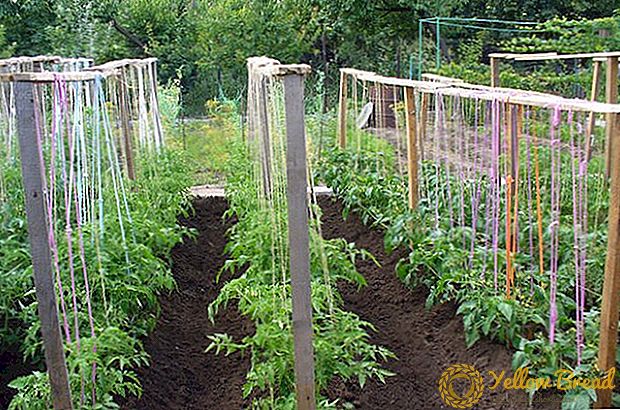
In addition to other advantages, the garter will greatly facilitate watering of the bushes, which is done strictly under the root, will ensure air circulation between the plants, increase the speed of fruit ripening.
In order to stimulate fruiting, it is necessary to conduct pasynkovanie in time - the removal of additional shoots (stepsons) in the axils of the leaves. If this is not done, a large shrub with many leaves and tops and a small number of floral brushes and fruits will grow. The butchers are usually much shorter and less full leaves.
Highly it is important to be able to distinguish the stepson from the flower shoot, because unknowingly it is possible to remove the flower shoot, thereby reducing the amount of the crop. The main difference is the presence of leaves: when the stepson begins to grow, it already has sheets, they are always absent from the flower shoots.
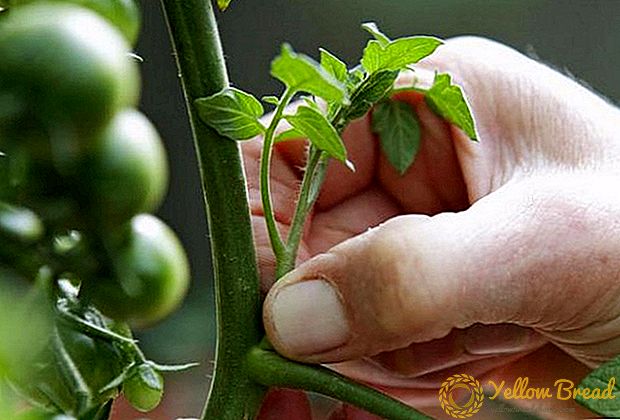
Masking is necessary when the plant starts to grow rapidly and is strong. For the procedure, it is preferable to choose the morning time, do not use scissors or a knife, but carefully break out the stepson whose length is at least 5 cm.
The key condition for the proper care of tomatoes is watering. Tomatoes do not tolerate both drought and excessive moisture. To avoid the two extremes, the soil should be moistened as it dries, while you should avoid completely drying the soil.
For example, in regions with a dry climate, tomatoes need to provide abundant watering every 7 days. Lack of water threatens shedding the ovary during its formation, or the cracking of tomatoes at the time of their ripening. This method will make it possible to avoid infection with rot, the formation of a soil peel at the site of irrigation.
If the ground irrigation method is used, one should strictly avoid the ingress of moisture to the green part of the plant, directing the stream only at the root. With this method, the bushes must be mulched - "wrap" the root with grass or leaves.
Since "Apparently-invisible" refers to undersized varieties, the frequency of watering should be reduced during the period of fruit ripening, and gradually stop completely moisturizing. This will accelerate ripening and save tomatoes from disease.
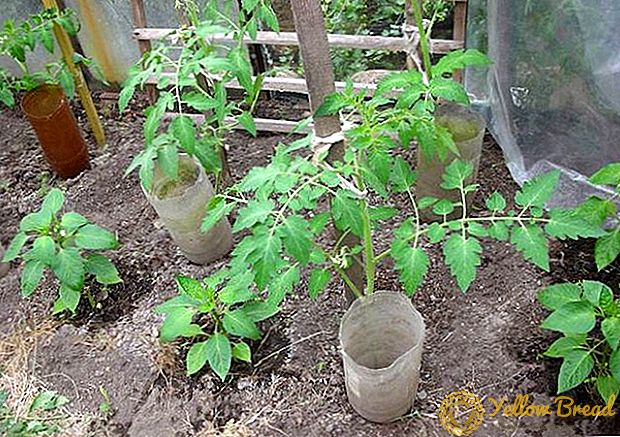
Pests and diseases
One of the advantages of this variety of tomatoes is its resistance to late blight and fungal infections. However plant may be affected by other diseases: top rot, black spot. To combat diseases, the solution of the drug "Fitolavin" is used, both for adult bushes with fruits and for seedlings. Calcium nitrate can also be used.
However, these diseases are easier to prevent, since they are capable of hitting and destroying the entire crop. In order to prevent the need to:
- avoid excess fertilizer;
- to conduct pasynkovaniye in time, not to allow densely planted bushes;
- ensure timely, sufficient watering;
- in case of ground irrigation, to carry out mulching, use hay, mowed grass, leaves, weeds (without seeds), film, sawdust as mulch;
- provide airing if tomatoes are planted in the greenhouse.
Also, in order to avoid contamination, it is necessary to treat the seed in the solution of potassium permanganate.
Tomato pests can also reduce yields: whitefly, Colorado potato beetle, slugs, bear, aphid.
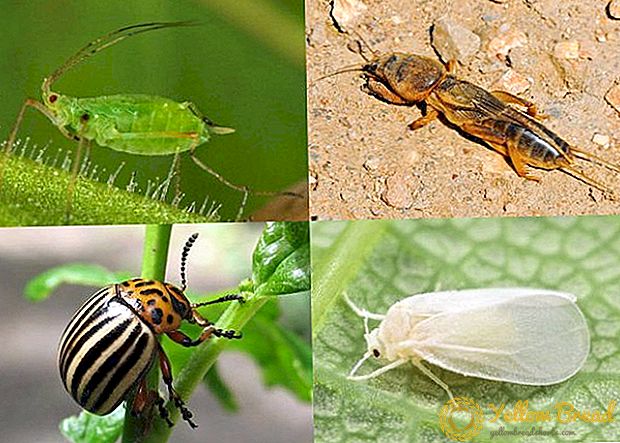
The following drugs are used to kill pests: Konfidor, Pegasus, Fitoverm. You can also use traditional methods: infusions of garlic, wood ash, tinctures of tobacco. It is necessary to carefully dig up the soil in the fall to destroy the pest nests.
Conditions for maximum fruiting
In order to increase the yield of fruits and improve the quality of fruits, biostimulants are widely used today, which, even in small quantities, have a positive effect on plants. Biostimulants have the following properties:
- Reduce susceptibility to diseases, adverse environmental conditions.
- Accelerate the processes of plant growth and fruit ripening.
- Stimulate the development of the root system.
- Strengthen the adaptation of the plant to the ground.
As stimulants, you can use the drugs "Biostim", "Epin", "Kornevin", "Zircon", "Immunocytofin", "Novosil". It is very important to strictly follow the instructions and dosages when working with drugs, since some drugs are toxic to humans,while others, if you exceed the dosage can harm the tomatoes.
Replace the drugs can be a folk remedy - aloe juice. The use of juice can increase the yield of tomatoes by 1/4.
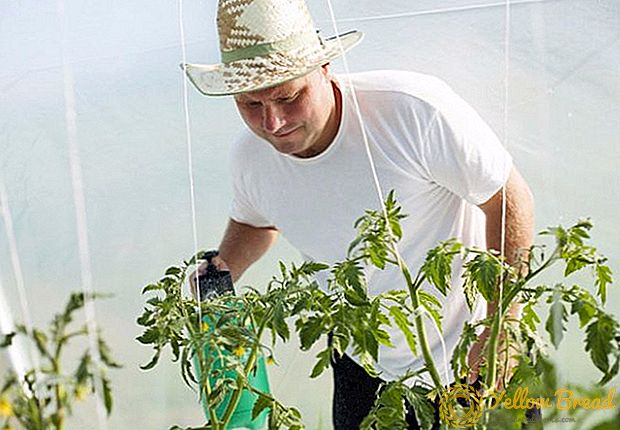
Use of fruits
Fruits can be consumed both fresh and canned. For blanks it is better to select accurate, small fruit. You can make juices, pastes, canned vegetables, sauces and dressings from larger tomatoes. Due to the sweet taste with sourness, fresh tomatoes will harmoniously complement vegetable salads, snacks. Fruits tolerate transportation and storage due to durable peel, do not lose the piquancy of taste.
In this article, we examined in detail the description of the tomato variety "Apparently Invisible," analyzed the nuances of agricultural engineering, found out what sort of advantages and disadvantages the variety possessed, and also learned how to get the maximum amount of sweet, healthy and large fruits from the plot.

